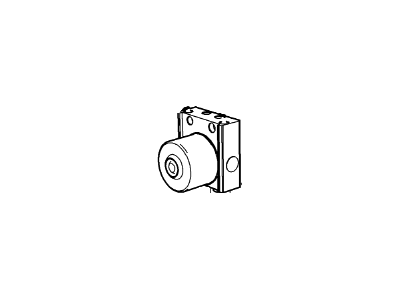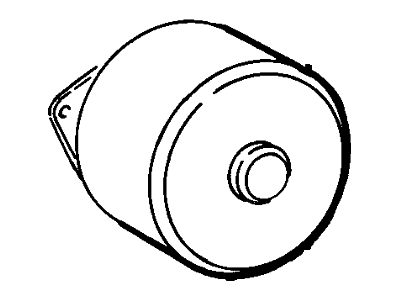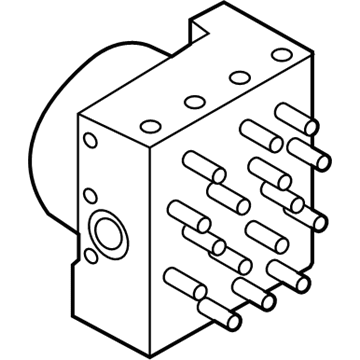

My Garage
My Account
Cart
Genuine Ford Focus ABS Pump And Motor Assembly
Anti Brake System Pump And Motor- Select Vehicle by Model
- Select Vehicle by VIN
Select Vehicle by Model
orMake
Model
Year
Select Vehicle by VIN
For the most accurate results, select vehicle by your VIN (Vehicle Identification Number).
14 ABS Pump And Motor Assemblys found
Ford Focus Modulator Valve
Part Number: 9S4Z-2C215-B$780.64 MSRP: $1072.31You Save: $291.67 (28%)Ships in 1-3 Business DaysFord Focus Modulator Valve
Part Number: 9S4Z-2C215-A$780.64 MSRP: $1072.31You Save: $291.67 (28%)Ships in 1-3 Business DaysFord Focus Abs Hydraulics Control Assembly
Part Number: 6S4Z-2C286-D$430.08 MSRP: $597.45You Save: $167.37 (29%)Ships in 1-2 Business Days
Ford Focus ABS Pump And Motor Assembly
We provide a wide range of Ford Focus ABS Pump And Motor Assembly at the best prices possible. If you need Ford Focus ABS Pump And Motor Assembly, you can shop with confidence on our website. All our OEM parts come with a manufacturer's warranty and are delivered to your door step with a fast delivery service.
Ford Focus ABS Pump And Motor Assembly Parts Questions & Experts Answers
- Q: How to remove and install the ABS hydraulic unit on Ford Focus?A:At the time of writing there were no parts for the ABS hydraulic unit and this had to be replaced as an assembly. First, dis-connect the negative battery terminal and the low brake fluid level warning light multi connector from the brake fluid reservoir, and remove the cap. To unlock the electrical connector from the cap, one has to rip the tab backward and then press the two tabs simultaneously. There are two ways of doing this: either drain the hydraulic fluid by pouring it off from the reservoir by means of an old battery hydrometer or a similar tool, or jack up the car, remove the wheels, unscrew the front bleed nipples and spill off the fluid from the reservoir. Third, unscrew the electrical connector from auxiliary fusebox and unscrew the holding screw; then slide the fusebox down off its bracket and place it to the side, fitting it to the air filter housing position temporarily. In models equipped with the cruise control, refer to the connector at the firewall of the vehicle, pull the cruise control actuator connector, and then remove all the screws of the actuator, and set the actuator aside. Take off the cover from the hydraulic control unit and remove the electrical connector, and thereafter, remove six brake pipes connected with HIU and cap the ending of the pipes and HIU against the inflow of dirt and get the brake lines off from the firewall by removing the retaining clips. Remove the brake pipes off the master cylinder and pull the wiring harness off the suspension tower. Undo the securing bolts of the brake hydraulic unit and pull it out of the firewall being careful not to pull on other parts. Installation is the reverse of removal, the multi-plug is fitted and tightened to ensure it's well connected as well as the brake pipe unions are tightened to the recommended torque. Last of all, bleed hydraulic system and stating that if the air gets into the hydraulic unit, it has to be bled with a help of special test equipment only.
Related Ford Focus Parts
Browse by Year
2018 ABS Pump And Motor Assembly 2017 ABS Pump And Motor Assembly 2016 ABS Pump And Motor Assembly 2015 ABS Pump And Motor Assembly 2014 ABS Pump And Motor Assembly 2011 ABS Pump And Motor Assembly 2010 ABS Pump And Motor Assembly 2009 ABS Pump And Motor Assembly 2008 ABS Pump And Motor Assembly 2007 ABS Pump And Motor Assembly 2006 ABS Pump And Motor Assembly 2005 ABS Pump And Motor Assembly 2004 ABS Pump And Motor Assembly 2003 ABS Pump And Motor Assembly 2002 ABS Pump And Motor Assembly 2001 ABS Pump And Motor Assembly 2000 ABS Pump And Motor Assembly














